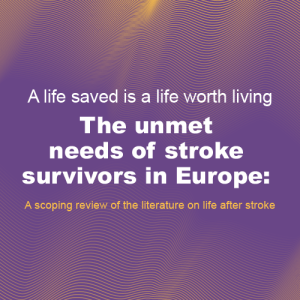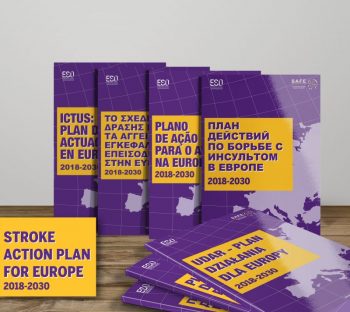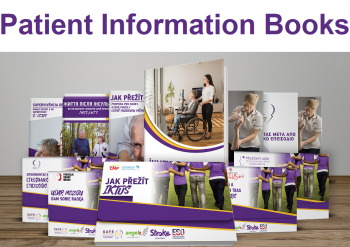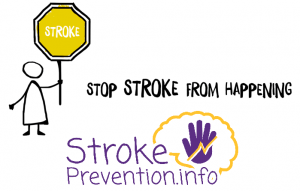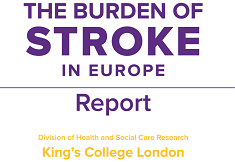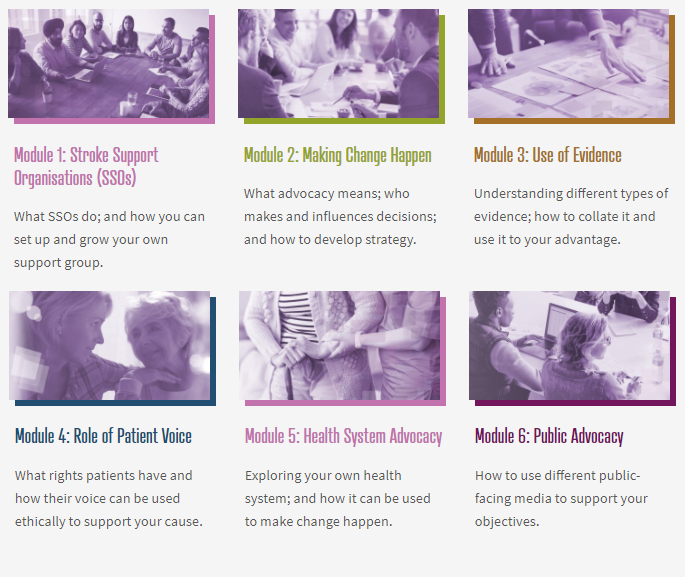
Mar 30, 2020
Author: Jelena Misita, SAFE Awareness and Advocacy Manager
As we witness an unprecedented global public health crisis, many of us are forced to #stayhome for the greater good and stop Covid-19 from further spreading.
In these extraordinary times, there are groups of people who became even more vulnerable than they were. The stroke survivors and their loved ones for sure make one of these groups.
To be honest, the situation wasn’t good to begin with. There are around nine million stroke survivors currently living in Europe, with a support that is often undefined, fragmented or non-existent in majority of European countries, as shown in previous SAFE research projects, the Burden of Stroke Report (2017) and the Economic Impact of Stroke Report (2019).
Recent advancements in medicine enabled more lives to be saved in the acute phase of stroke, meaning that more and more stroke survivors will get a chance to live another 10, 20, 30 years or even longer. However, survivors and their families may face decades of existence in which they are largely reliant on self-management. The problems caused by stroke-related disabilities are often complicated by other diseases and additional issues related to their internal and external environment, self-care and self-esteem, their role as a spouse, parent, employee, and so on.
If you add the Covid-19 crisis and its implications to an already long list of difficulties that stroke survivors face every day- it may be just too much for them to handle. If whole hospitals are being turned to Covid-hospitals, what is happening with people who have a stroke? We learned that stroke doesn’t choose the time or place. It doesn’t discriminate and it can happen to anyone at any time, even in the Covid-19 most affected areas. Where does that leave the person who suffers a stroke? How likely would it be for this person to receive the necessary treatment in these conditions?
To get answers to these and many other questions, the European stroke community needs more skilled stroke advocates, who would be able and willing to take a stand and advocate for better stroke prevention, treatment and especially for better life after stroke conditions, because, as SAFE’s Board member and stroke survivor Grethe Lunde said, a saved life must also be lived.
If you feel it within you, if you want to make a change, but don’t know where to start- we have a solution for you. It is called SSOFT- the Stroke Support Organisation Faculty Tool.
SSOFT is a free platform. It provides knowledge and training on how to make effective advocacy activities and campaigns to deliver positive change at a local and national level on stroke prevention, treatment and care. This innovative eLearning platform includes six modules that provide information on:
Module 1: Stroke Support Organisations (SSOs)
Module 2: Making Change Happen
Module 3: Use of Evidence
Module 4: Role of Patient Voice
Module 5: Health System Advocacy
Module 6: Public Advocacy
In the end, why not using this period of isolation and social distancing to improve our skills and be better prepared for the changed world when the crisis is over?
We know that stroke survivors and their families will be thankful for it.
It’s up to you, click here, register and become one of us.
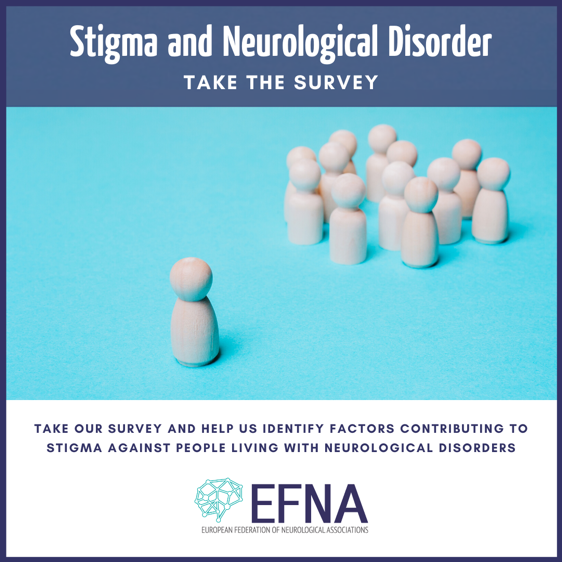
Mar 26, 2020
In 2018, the European Federation of Neurological Associations (EFNA) conducted a survey of young people affected by neurological disorder, to assess the impact of these conditions on their lives. Stigma was identified as one of the biggest issues affecting respondents.
As a result, EFNA has decided to develop a new survey, delving deeper into this issue, exploring the areas where stigma is felt and the situations which give rise to it. By identifying these areas EFNA can focus attention where it is most required and move to develop strategies that will combat stigma.
This survey is open to anyone who is living with a neurological disorder, living in Europe. The survey is available in 8 languages and will remain open until June 15th 2020.
Access the survey at: https://www.efna.net/efna-launch-survey-on-stigma-and-neurological-disorder/
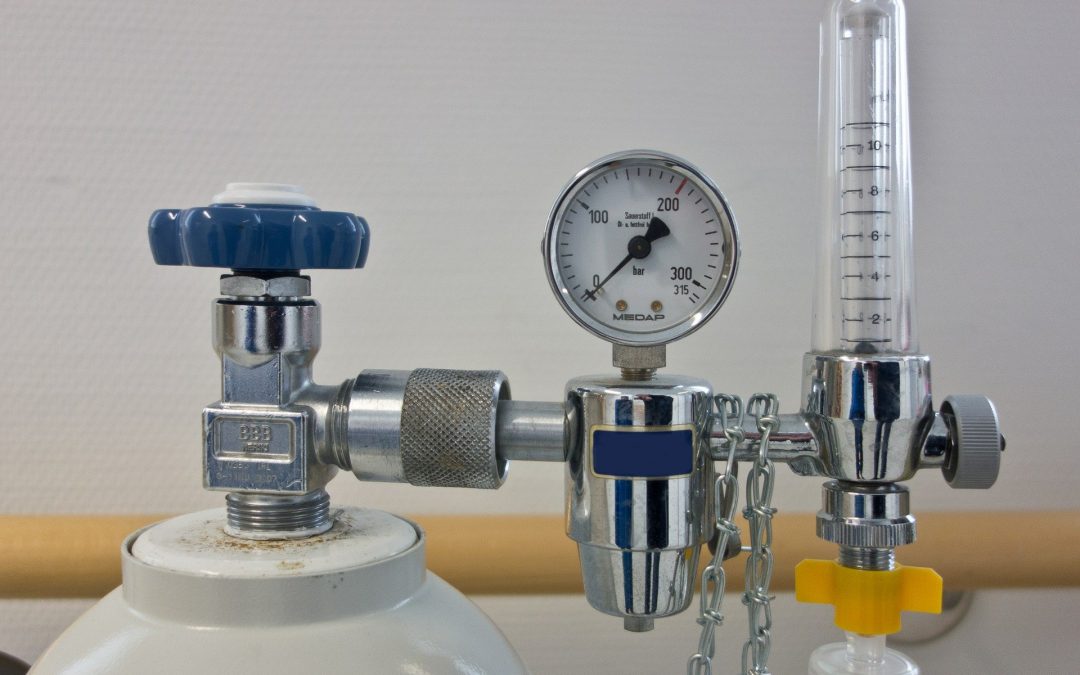
Mar 25, 2020
Can high-dose oxygen therapy reduce the effects of stroke? This is the subject of an EU funded study called PROOF.
An ischaemic stroke is the most common type of stroke. The arteries that supply the brain with blood become clogged by clots. This kills the cells at the centre of the stroke and puts those nearby at great risk.
The longer the brain suffers from oxygen and blood deficiency, the more serious the consequences, and the more brain tissue will die. Emergency treatment must therefore get rid of the blocked arteries as quickly as possible.
Starting January 2017 at the Tübingen University Clinic – and at eleven other clinical centres in eight European countries – the PROOF trial started testing whether the consequences of stroke can be reduced by rapidly applying high-dose oxygen therapy to new patients.
We used the opportunity to talk about this with Dr Sven Poli, Deputy Medical Director from Department Neurology & Stroke, University of Tuebingen.
SAFE: If you were to explain the project’s aim to a person without any medical background, what would you say?
SP: Recanalization of the occluded vessel is the established stroke treatment today.
Despite successful vessel recanalization, however, many patients suffer severe stroke because brain cells died before recanalization was achieved. The main driver of brain cell death in stroke is the lack of oxygen in the ischemic regions.
Breathing of pure oxygen (instead of room air) increases the oxygen which is dissolved in the blood.
The increased oxygen in the blood should compensate the lack of oxygen and, thus, keep brain cells alive until the occluded vessel has been successfully recanalized.
SAFE: What types of partner do you need to carry out a project like this?
SP: Many study centres with highly motivated study teams and stroke doctors.
SAFE: Can you briefly describe your role in the project?
SP: Coordinating investigator is responsible for the trial protocol, for the trial conduct, and communication between study centres and competent authorities.
SAFE: What (if any) are the difficulties with carrying out the work?
SP: Patient recruitment requires high motivation and personnel allowing 24/7 readiness to enrol patients within a very short therapeutic time window.
SAFE: What personally attracted you to be in this project?
SP: I started my career in the field of stroke medicine in 2006. Bad outcomes despite standard therapies, i.e. recanalization by either intravenous thrombolysis or endovascular thrombectomy, pushed me to research on neuroprotection. My two favourite approaches were oxygen and also hypothermia. Whereas latter still is hard to apply in humans, former seemed to me easy to implement in clinical acute stroke workflow.
SAFE: When this project ends, what do you expect to change, i.e. how it will reflect on stroke treatment?
SP: In case oxygen works, this treatment might even be started at home right after symptom onset. This may revolutionize stroke treatment, buying time for the brain and the patient until reperfusion.
The PROOF trial has received funding from the European Union’s Horizon 2020 research and innovation programme under grant agreement No. 733379.
Image by Michael Schwarzenberger from Pixabay
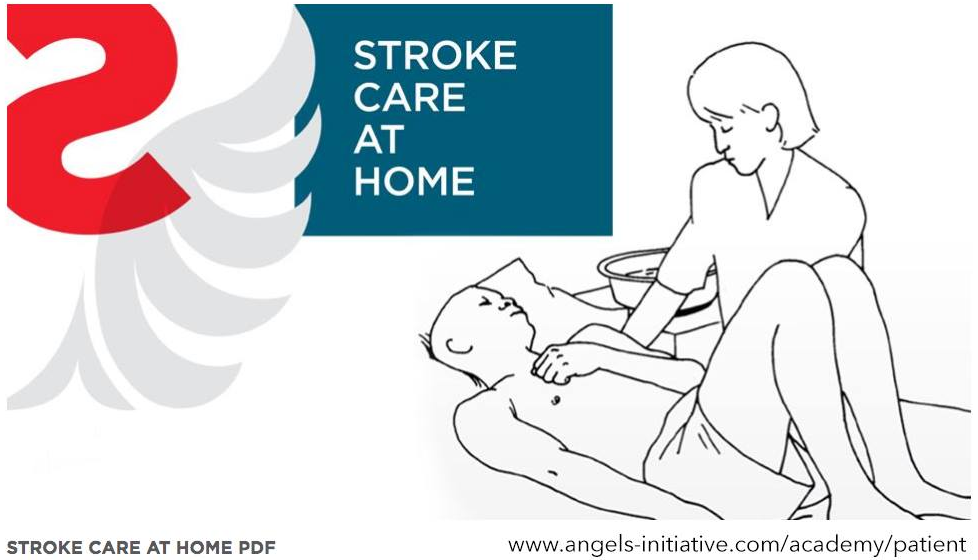
Mar 23, 2020
Written by Rafael Klavert | Source: Angels Initiative
As our movement is becoming more and more restricted, this Stroke Care at Home booklet may now be more useful than ever.
Developed by the Centre for Rehabilitation Studies in Stellenbosch University, this comprehensive 60-page guide was created with home carers and caregivers of stroke patients in mind.
Below is a link to the PDF file in case you know someone who can benefit from it. It is now being translated into 12 other languages and will be published once ready.
Stroke Care at Home booklet
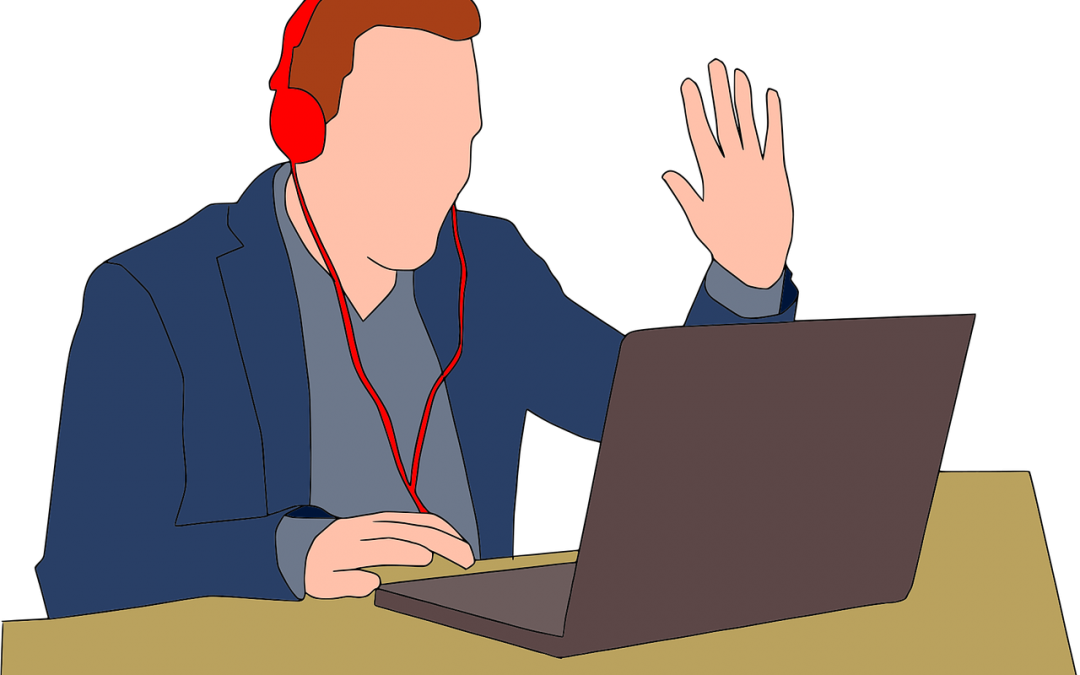
Mar 20, 2020
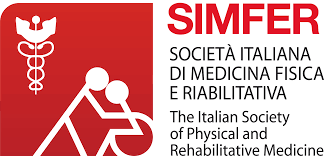 SIMFER – Italian Society of Physical and Rehabilitation Medicine has activated a teleconsultation service aimed at recently discharged stroke patients and their families who should continue rehabilitation treatments.
SIMFER – Italian Society of Physical and Rehabilitation Medicine has activated a teleconsultation service aimed at recently discharged stroke patients and their families who should continue rehabilitation treatments.
A.L.I.Ce OdV (Italian Stroke Association) spreads this new important free remote support and consultancy service offered by SIMFER Italian Society of Physical and Rehabilitation Medicine.
In consideration of the difficulties that many patients find in accessing physiatric visits and rehabilitation treatments, due to the limitations imposed by the current situation, SIMFER has activated (in Italy) in collaboration with A.L.I.Ce Ferrara odv a telemedicine-rehabilitation service, a sort of “virtual clinic”, made available in totally free form, which makes use of a selected group of physiatrists, able to offer indications and information support relating to the needs of people with disabling conditions of different origin.
The patient or caregiver who needs it, can write an email to SIMFER ITALY and will be contacted as soon as possible to carry out a teleconsultation with one of the SIMFER volunteer doctors.
For any additional information please visit https://www.simfer.it/
Image by mohamed Hassan from Pixabay
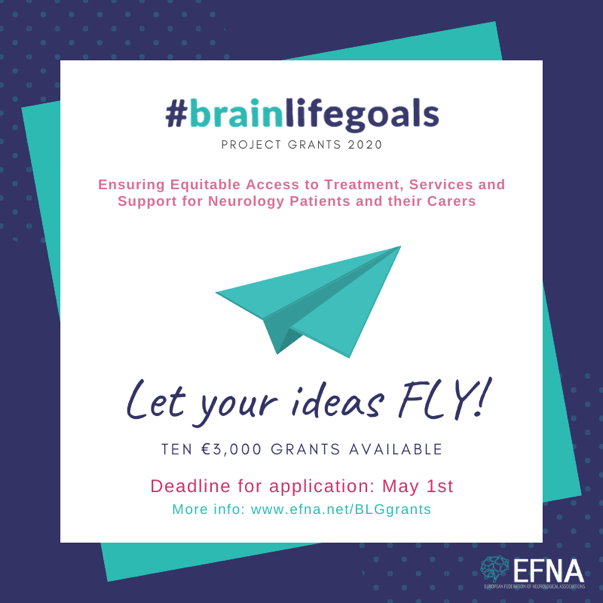
Mar 19, 2020
In 2020, within the framework of the #BrainLifeGoals campaign, the European Federation of Neurological Associations (EFNA) will again provide grants to support work in one of their focus areas. This year the focus will be on:
Ensuring Equitable Access to Treatment, Services and Support for Neurology Patients and their Carers.
Donna Walsh, EFNA Executive Director, explained “Access to treatment is one of the central #BrainLifeGoals of many neurology patients, and we want to help make that a reality across Europe! Therefore, EFNA will provide up to 10 grants of €3,000 each to selected organisations.”
The closing date for applications is May 1st.
Find out about eligibility and requirements here: https://www.efna.net/blggrants/






 SIMFER – Italian Society of Physical and Rehabilitation Medicine has activated a teleconsultation service aimed at recently discharged stroke patients and their families who should continue rehabilitation treatments.
SIMFER – Italian Society of Physical and Rehabilitation Medicine has activated a teleconsultation service aimed at recently discharged stroke patients and their families who should continue rehabilitation treatments.
